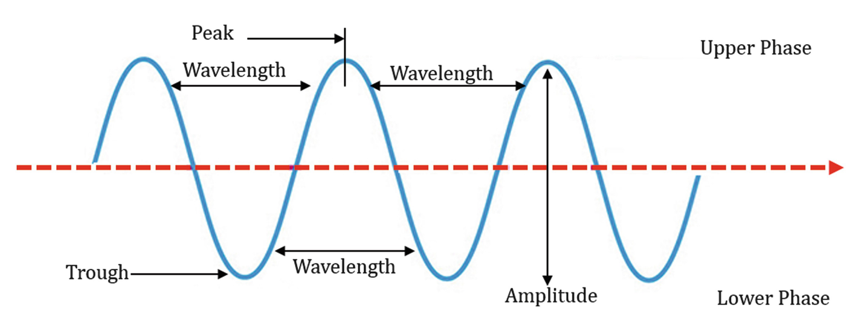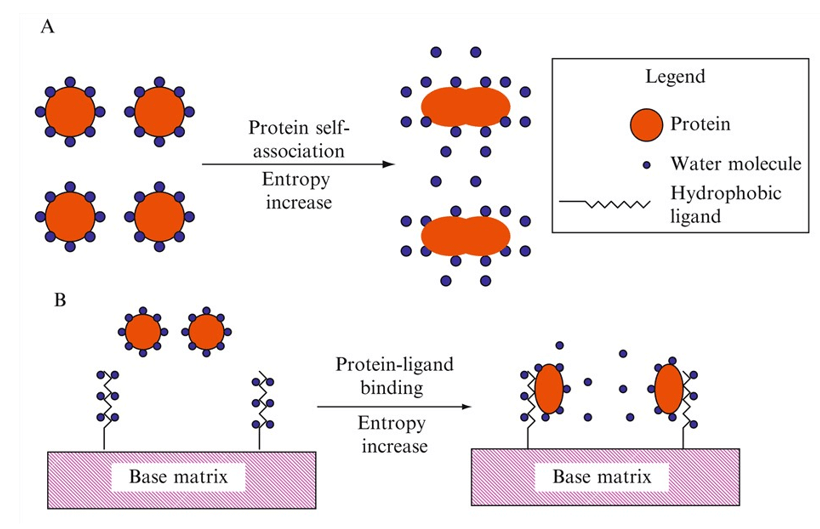Antibody-drug conjugates (ADCs) are a new class of biologically targeted drugs for cancer treatment. It is a perfect combination of antibody and cytotoxin, with the high specificity of antibody and strong lethality of cytotoxin. The targeting of the antibody enables the cytotoxin to be accurately delivered to the target cells, effectively improving the drug concentration in the tumor tissue and greatly reducing the drug exposure to other tissues and organs in the body. The effect of synergism and toxicity reduction can be achieved and result in precise treatment at the cellular level.
The drug-to-antibody ratio (DAR) is an important quality attribute of ADC, which affects its effectiveness and safety. Low dosages decrease the potency of ADC, while high dosages negatively affect the pharmacokinetics and toxicity.
At present, there are many methods for determining the DAR value. The common ones are ultraviolet spectrophotometry (UV), hydrophobic interaction chromatography (HIC), liquid mass spectrometry (LC-MS), reversed-phase high-performance liquid chromatography (RP-HPLC).
Ultraviolet spectrophotometry (UV)
Ultraviolet spectrophotometry is the simplest method to determine the DAR value based on Lambert Beer's law.

Ultraviolet-Visible (UV-VIS) Spectroscopy (Muhammad et al., 2019)
To use this method, three conditions must be met:
① Small-molecule drugs have chromophores in the ultraviolet/visible light region;
② Small molecule drugs and antibodies show obvious and different maximum absorption values in their ultraviolet/visible spectra;
③ The presence of small molecule drugs does not affect the light absorption characteristics of the antibody portion of the ADC sample, and vice versa.
If these conditions are met, the ADC sample can be considered as a two-component mixture, and Lambert Beer's law can be applied to measure the concentrations of antibodies and small molecule drugs, and the average DAR value can be calculated.
The advantage of UV spectrophotometry is that it is simple and does not require separation. However, the disadvantage is its low accuracy. And only the average coupling rate can be obtained, but not the distribution of small molecule drugs.
Hydrophobic interaction chromatography (HIC)
According to the difference of hydrophobicity after antibody coupling with small molecule drug, the antibody can be separated by increasing hydrophobicity of different numbers of small molecule drug. Antibodies that are not conjugated to small molecule drugs have the weakest hydrophobicity and are eluted first. The greater the number of conjugated small molecule drugs, the stronger the hydrophobicity.

Schematic view of protein retention mechanism in HIC. (Mccue, 2009)
Liquid chromatography-mass spectrometry (LC-MS)
According to the analysis of molecular weight, the peaks of antibodies coupled with different numbers of small molecule drugs can be identified by the increase in the mass number of coupled small molecule drugs. The weighted average DAR value can be calculated by the percentage of each peak area and the number of conjugated drugs. The calculation formula is below:
Average coupling rate calculation formula: DAR=Σ(Weighted peak area)/100
LC-MS not only can calculate the DAR value, but also provide information on the distribution of different numbers of small molecule drugs, as well as the distribution of empty junctions of by-products in the reaction process, which is very important for identifying different drug loading forms of ADC. The results can be mutually confirmed with hydrophobic interaction chromatography.
Reversed-phase high-performance liquid chromatography (RP-HPLC)
RP-HPLC separates samples according to the polarity of the substance to be measured. The light and heavy chains of antibodies are usually dissociated by a reduction reaction, and then the light and heavy chains containing different amounts of small molecule drugs are separated by HPLC. The weighted average DAR value is calculated by the peak area percentage of each light chain and heavy chain, combined with the number of small molecule drugs coupled to each peak. The calculation formula is below:
Average coupling rate calculation formula: DAR=2× (ΣLC Weighted peak area+ΣHC Weighted peak area)/100.
Service offering at Creative Proteomics
DAR of ADCs is one of the important parameters to evaluate the production process and product quality of ADC drugs. Creative Proteomics has a variety of advanced chromatography and MS instruments, combined with a professional bioinformatics analysis team. We can quickly and accurately provide you with professional and systematic ADC analysis and evaluation services, including high-quality antibody-drug conjugate characterization, DAR analysis, and impurity analysis services.
Detection platform
- MALDI-TOF mass spectrometry
- ESI-TOF mass spectrometry
- UV-MALDI mass spectrometry
- UV/VIS Spectroscopy
- Reversed-phase high performance liquid chromatography (RP-HPLC)
- Hydrophilic interaction chromatography (HILIC)
- Ion exchange chromatography (IEX)
- Hydrophobic interaction chromatography (HIC)
- Volume exclusion chromatography columns (SEC)
- Ion mobility mass spectrometry (IMMS)
Advantages of our services
- Advanced high-performance LC, high-throughput MS, and bioinformatics platforms
- Select appropriate analytical methods according to the coupling characteristics of ADC and the specific projects of our customers
- Powerful ADC analysis and evaluation competence
- Customized services from experienced experts
References
- Akash M S H, Rehman K. Ultraviolet-Visible (UV-VIS) Spectroscopy. Essentials of Pharmaceutical Analysis. Springer, Singapore, 2020: 29-56.
- Mccue, J. T. Chapter 25 Theory and Use of Hydrophobic Interaction Chromatography in Protein Purification Applications. Methods in Enzymology. 2009, 463(2): 405.






